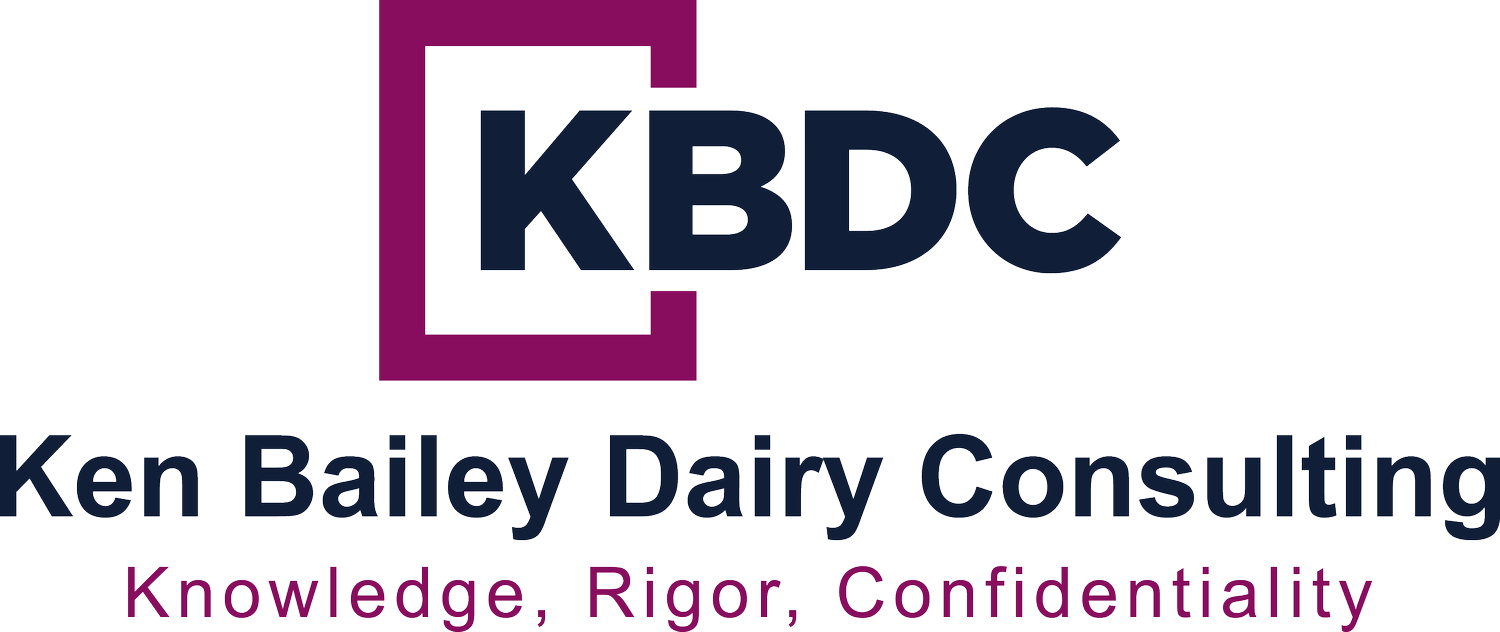to design an effective hedge, start and end with components - week 7
October 25, 2022
In order to design an effective hedge, the risk manager needs to line up the hedged item with hedging instruments. To start, look at what you are worried about, and then find tools to offset the risk. Often that’s not such an easy task. First, the hedged item may have more or less dairy components than the CME contract you have selected. Second, you may not be able to offset 100% of the risk given the fixed size of the CME futures and options contracts. But for now, lets focus on the components.
Suppose the sales team wants to offer a customer a fixed price sale on retail ready butter that is private label, unsalted, and 82% fat. Your job as the risk manager would be to lock in the manufacturing cost. But a CME butter contract is for 20,000 pounds of bulk butter at 80% fat. If you are manufacturing butter at 82% fat, you may need more coverage than a standard CME contract provides. Remember, you are hedging the cost to manufacture butter and that entails buying dairy components. Also, there will be a basis difference between the value of your sale (packaged for retail, unsalted, 82% fat) and the hedging instrument (bulk salted butter). The basis should carry through from the time the hedge is placed until it is cash settled.
Another example is fluid milk. Let’s suppose you have a customer that wants a fixed price on 2% milk. Ignoring the complexities of advanced pricing, you calculate you’ll need so many Class III and Class IV contracts, in equal proportions, to offset the manufacturing cost in the future. But Class III & IV contracts are at 3.5% fat, so you may be over hedged on the fat components. Doing the math, it may be necessary to sell so many butter contracts for every Class III and IV contracts that are purchased. Again, the idea is to first compute the components that are to be hedged, and then look at the components implicit in the CME futures contracts you wish to use. Also the CME contracts have fixed sizes, so one may not hedge 100% of the risk.
We live in a multiple component world and hedging is no different. Rather than winging it, the risk manager needs to understand the volume and types of dairy components that are to be hedged in order to develop an effective hedge.
